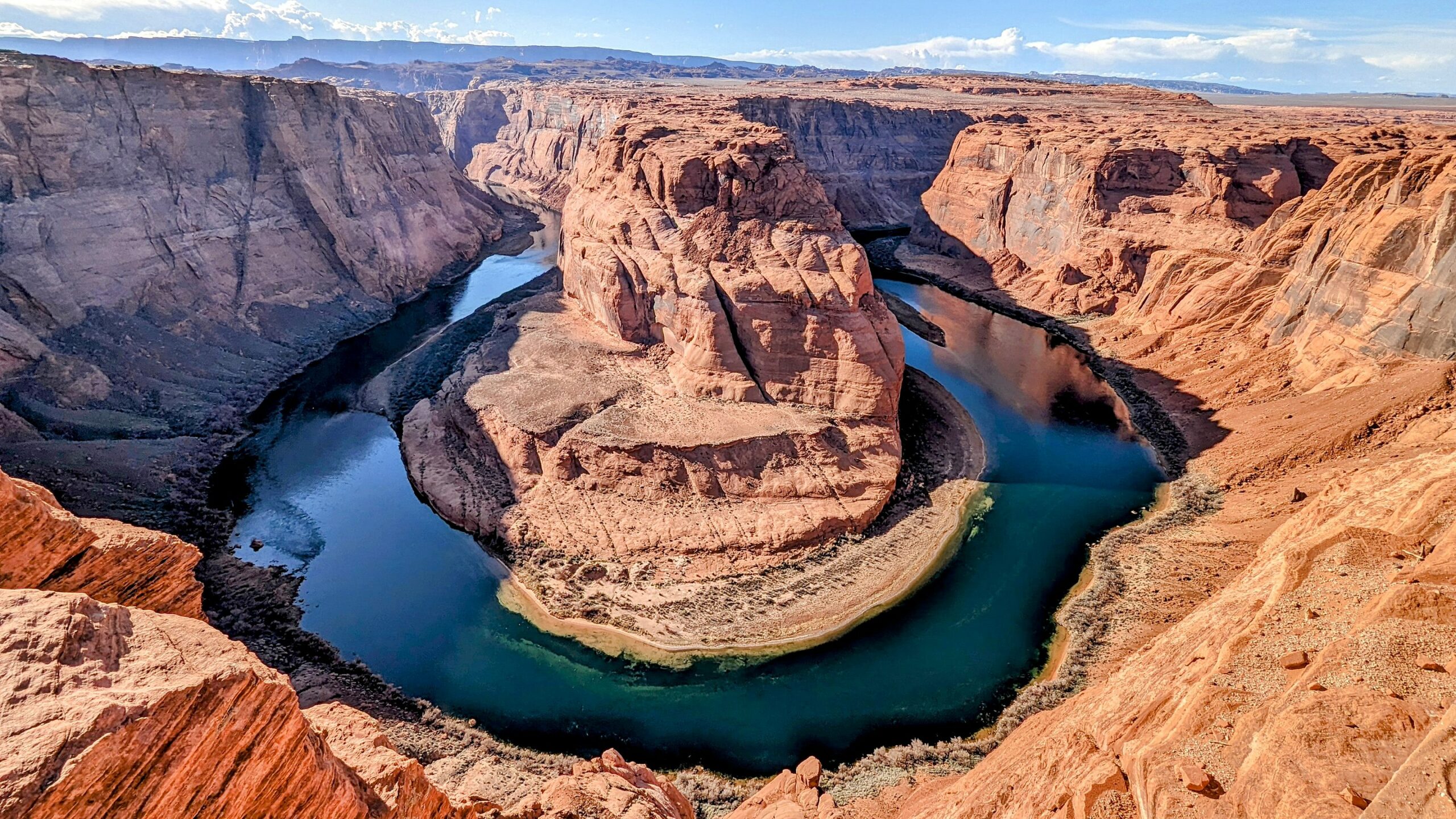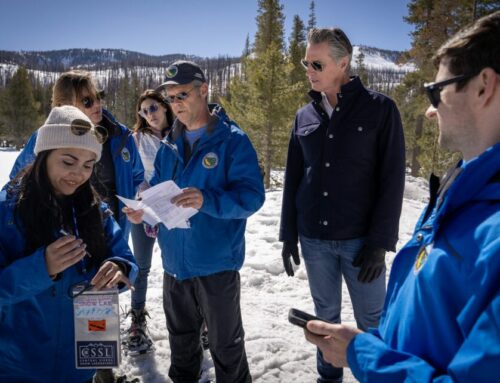by Greg Walcher, E&E Legal Senior Policy Fellow
As appearing in the Daily Sentinel
In the 1980s Gunnison philanthropist Butch Clark offered a novel way to end the age-old West Slope-East Slope water battles. He suggested that Denver could use the Colorado River’s remaining unallocated water by building a pipeline from the Utah line to the Continental Divide. No future Western Slope water use would be threatened; the only losers would be downstream states – especially California, which had taken Colorado’s unused share for decades.
Butch Clark called his idea the “Colorado Aqueduct Return Project,” which he knew nobody in Denver would take seriously, because of the high cost, water quality issues, and political hurdles. He told me once at Club 20 that he wasn’t especially serious about building that pipeline, but wanted Front Range officials to admit that the only feasible choice was restricting their water use. He wanted a more serious discussion about alternatives for Denver. He accomplished that, but he also planted a seed, and various versions of the pipeline idea have been discussed ever since.
I served on the Colorado Water Conservation Board (CWCB) with Greg Hoskin, the Grand Junction attorney who proposed a more thorough study of the idea in 2002, which he called the “Big Straw.” He is one of the most creative thinkers I ever worked with on natural resources issues, and his presentation at the CWCB was so well reasoned and persuasive that the board voted $500,000 for the study, with Governor Bill Owens’ endorsement. The Denver Water Board didn’t take Hoskin any more seriously than it had Clark, but the idea never really died, either. It was actually fairly modest compared with much more ambitious pipeline schemes around the country.
The 2002 Big Straw proposal was estimated to cost upwards of $5 billion or more, which seemed prohibitive at the time, though it is nothing compared to what Denver could now pay for such a large new water supply. Nor is it close to the hundreds of billions being discussed for a possible solution to the plight of Lakes Powell and Mead. One headline suggests that “Filling Lake Mead with Mississippi River Water Is No Longer a Pipe Dream.”






